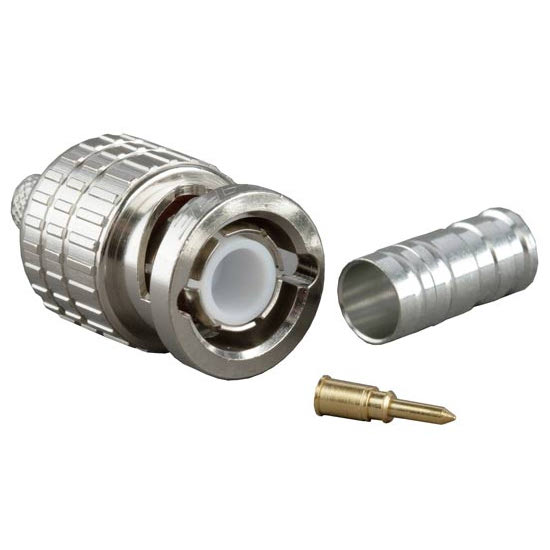
This static web site has
no backend database.
Hence,
no personal data is collected and
GDPR compliance is met.
Moreover, this domain does
not set any first party
cookies.
All Google ads shown on this web site are, irrespective of your location,
restricted in data processing to meet compliance with the
CCPA and
GDPR.
However,
Google AdSense may set third party cookies for traffic analysis and
use JavaScript to obtain
a unique set of browser data.
Your browser can be configured to block third party cookies.
Furthermore, installing an
ad blocker like
EFF's Privacy Badger
will block the JavaScript of ads.
Google's ad policies can be found
here.
The first version of this web site came on-line on Thursday, December 13, 2001.
Last update of this index page: Sunday, December 5, 2021.

![[M↓]](../../images/markdown.transparent.png) Markdown, makefile
Markdown, makefile Type-N Connector
Type-N Connector Type-N Plug
Type-N Plug Type-N Plug
Type-N Plug Type-N Plug
Type-N Plug Type-N Plug Clamp
Type-N Plug Clamp Type-N Plug Crimp
Type-N Plug Crimp Kabel Kusch Montageanleitungen
Kabel Kusch Montageanleitungen Hardline CATV Trunk Connector
Hardline CATV Trunk Connector Belling-Lee
Belling-Lee BNC Connectors
BNC Connectors BNC Plug Clamp
BNC Plug Clamp BNC Plug Crimp
BNC Plug Crimp BNC Plug Crimp
BNC Plug Crimp BNC Bulkhead Jack
BNC Bulkhead Jack Crimp Connector
Crimp Connector F Connector
F Connector F Connector
F Connector SMA Connector
SMA Connector 7–16 DIN Connector
7–16 DIN Connector “UHF” PL‑259 Type‑M Connector
“UHF” PL‑259 Type‑M Connector Type-M Plug
Type-M Plug Type-M Reducer
Type-M Reducer RJ45 Ethernet Patch Cable Assembly
RJ45 Ethernet Patch Cable Assembly Anderson PowerPole Connector
Anderson PowerPole Connector Back
Back
